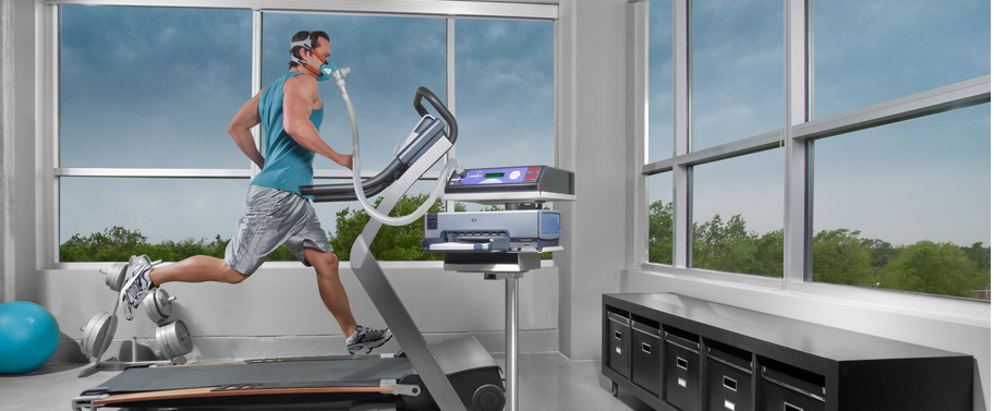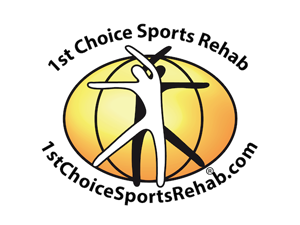
VO2 Testing to Improve Fitness
As a Decatur Chiropractor focused on sports injuries, prevention
These training advances have resulted in a field that is fiercely competitive. To remain competitive, many of you are familiar with and have incorporated target heart rate zones into your training. You may own a GPS and/or a heart rate monitor. These tools can help give you a ball-park value for which intensity zones you should be targeting during your workouts.
In simplest terms, VO2 Max is the Volume of Oxygen the body consumes, or utilizes, in one minute of maximal exercise. VO2 Max testing, when done in a clinical or laboratory setting, gives you a value that is predictive of your fitness level and endurance ability. It is the gold standard for fitness measurement and until recently, it was only available in a research or hospital setting.
During exercise, your body has multiple pathways to replenish the energy that is expended. The most efficient method uses inhaled oxygen to convert glucose and fats into energy (adenosine triphosphate, or ATP). The by-products of this process are CO2 and H20, which are very clean and can easily be removed from the body through breathing. As a result, training at a level that permits the body to remain in this state will allow the athlete to exercise for extremely long periods of time at a relatively slow pace. This is called aerobic respiration.
When exercise intensity increases, at some point the energy is consumed faster than it can be replaced
VO2 testing involves monitoring the changes that occur in the
Most facilities will offer to test on:
- Treadmill
- Spin bike
- The athlete’s own bike (on a trainer)
It is well understood that as the intensity of exercise increases, heart rate increases to compensate. This response is the body’s attempt to pump additional oxygenated blood to the muscles and remove the CO2 and other by-products that are generated during muscle activity. As intensity continues to increase, the body must incorporate anaerobic respiration to meet the additional energy requirements.
During VO2 testing the same occurs. At some point during the
The heart rate at which the athlete reaches lactic threshold is documented. For those only measuring the lactic
Interestingly, maximum VO2 does not change with training. However, the lactic threshold can be raised with specific types of training. A higher lactic threshold allows the athlete to train more intensity and for longer periods of time.
For the serious
Accurately measuring fitness with VO2 testing will allow you to know your specific Heart Rate Training Zones for aerobic threshold, lactic threshold, and VO2 Maximum. Armed with these facts, you and/or your coach will be able to design a training program that increases your endurance and speed, while decreasing your recovery time, injury risk, and ultimately giving you an edge on the competition. Our office owns a research grade machine that allows for extremely accurate test results. As athletes themselves, our doctors are highly qualified to help you interpret your results. Call 404-377-0011 for more info or to schedule your test.
Related Articles:
The Importance of Sleep in Training
Dr. Niklaus DelFavero is one of the elite certified Georgia Sports Chiropractors with offices in Decatur and Johns Creeks. His clinic, 1st Choice Sports Rehab Center features a multidisciplinary approach to rehab which includes physical therapy, chiropractic, and sports massage. It has been named the Best Sports Rehab Center in the Southeast by Competitor Magazine and topped the 2015 list of Best Chiropractors by Kudzu.com. They specialize in the treatment, rehab
